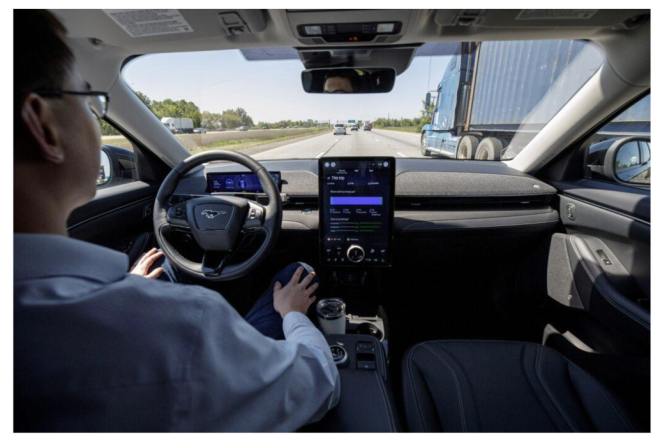- Change theme
Using Hands-Free Devices While Driving: Is It Really Safe as Everyone Says?

With modern technology becoming increasingly integrated into vehicles, hands-free devices are now a staple for many drivers.
02:55 23 November 2024
With modern technology becoming increasingly integrated into vehicles, hands-free devices are now a staple for many drivers. These tools are designed to allow people to stay connected without the need to physically hold their phones. While this approach has benefits, concerns about safety remain.
Are hands-free devices truly a safer alternative, or do they simply offer a false sense of security? Let’s explore the effectiveness of hands-free technology in minimizing distracted driving.
What Do Hands-Free Driving Laws Aim to Achieve?
In many regions, hands-free driving laws have been implemented to limit the distractions caused by handheld devices. These laws typically require drivers to use hands-free technology, such as Bluetooth or voice-activated controls, if they need to interact with their phones while driving.
The objective is clear: to reduce accidents and enhance road safety by keeping drivers' hands on the wheel and their eyes on the road.
Comparing Hands-Free and Handheld Device Use
There’s a common assumption that hands-free devices are significantly safer than handheld ones. Hands-free systems are designed to minimize physical and visual distractions, allowing drivers to control functions with voice commands instead of touch. However, research shows that the difference in safety may not be as large as commonly believed.
For example, a study from the Insurance Institute for Highway Safety (IIHS) found that drivers using hands-free devices were just as likely to be involved in a collision as those using handheld devices. The cognitive distraction remains a significant factor in both scenarios, challenging the notion that hands-free technology is the safer choice.
Hands-Free Devices and Cognitive Distractions
Though hands-free technology addresses some of the dangers associated with handheld devices, it does not entirely solve the problem of distraction. While drivers may keep their hands on the wheel and their eyes forward, the brain can still be distracted by engaging in a conversation or using a voice assistant. This cognitive distraction can significantly affect reaction times and situational awareness.
What the Data Tells Us About Safety
The statistics are concerning. According to the NHTSA, around 9% of fatal crashes in the United States involve distracted drivers. Several authoritative studies highlight the risks associated with hands-free technology. Research from theCenters for Disease Control and Prevention (CDC) emphasizes that cognitive distractions play a significant role in road safety incidents, even when visual and manual distractions are minimized. Furthermore, findings from theNational Highway Traffic Safety Administration reveal that distracted driving contributes to thousands of fatal accidents each year, with cognitive distractions being a major factor.
The National Safety Council highlights that hands-free devices do not necessarily make driving safer because they do not eliminate cognitive distractions. A driver’s attention is still split between the task of driving and the interaction with the device, leading to potential dangers.
These insights suggest that while hands-free devices offer some benefits over traditional handheld phones, they are not a foolproof solution to the problem of distracted driving.
Best Practices for Safe Driving
Although hands-free devices may not entirely eliminate the dangers of distracted driving, they can still be beneficial when used wisely. Here are some tips for safer hands-free driving:
- Limit Distractions: Keep conversations short and avoid emotionally engaging topics while driving. This helps to reduce cognitive distractions.
- Use Simple Commands: If you need to use voice-activated controls, keep the commands simple and direct to avoid unnecessary mental processing.
- Plan Ahead: Adjust navigation, music, and other settings before you start driving. This reduces the need to interact with the system while on the road.
- Know Your Limits: Be aware of your mental state and avoid making calls or interacting with devices when driving conditions are challenging, such as in bad weather or heavy traffic.
The Future of Driving Safety
As car manufacturers and technology companies continue to develop more advanced systems, the goal is to minimize distractions while maximizing safety. Innovations like advanced driver-assistance systems (ADAS) and semi-autonomous vehicles aim to address human error by enhancing a driver’s ability to focus on the road. Until these technologies become the norm, hands-free devices will remain a popular but imperfect solution. For now, drivers need to remain vigilant and prioritize safety over convenience when using any in-car technology.
